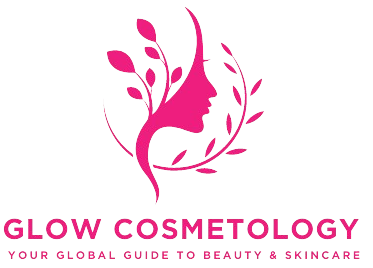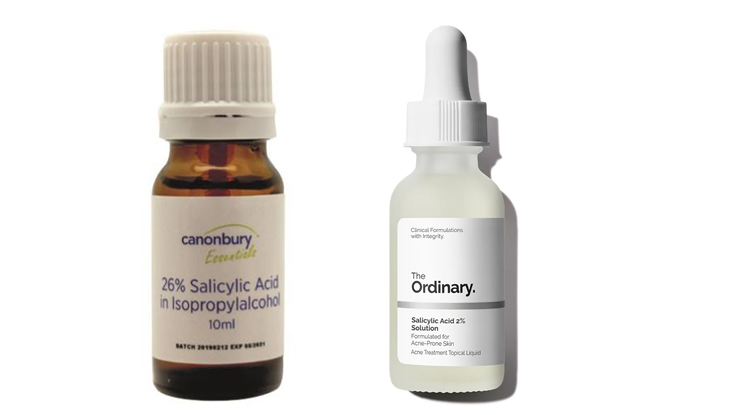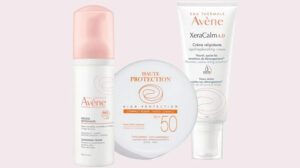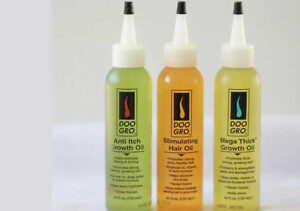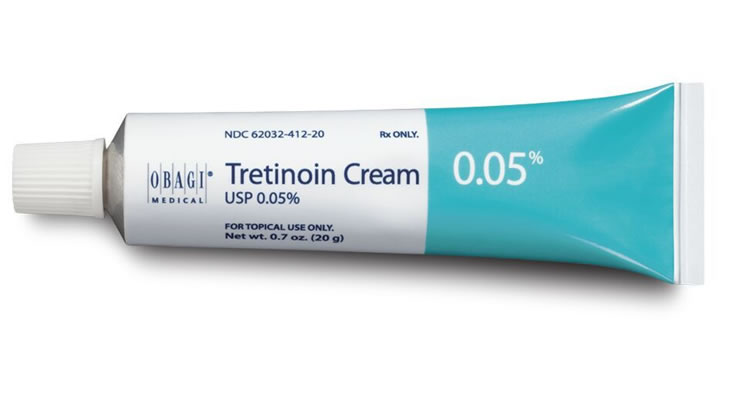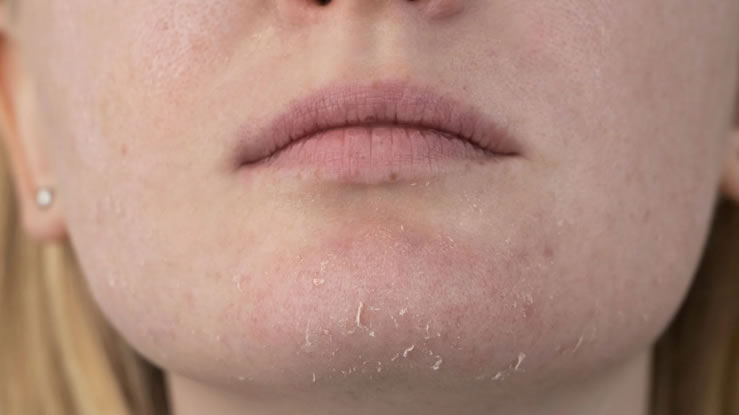Salicylic acid is one of the most popular and well researched ingredients in the skincare world, especially for those dealing with acne, blackheads, or oily skin. Found in everything from facial cleansers to spot treatments and toners, salicylic acid has earned its place as a staple in both drugstore and high-end skincare lines.
But what exactly does salicylic acid do for the skin? How does it work, who should use it, and what are the risks? This article explores the science behind salicylic acid, its key benefits, and expert tips on using it effectively in your skincare routine.
What Is Salicylic Acid?
Salicylic acid is a type of beta hydroxy acid (BHA), a class of chemical exfoliants that are oil-soluble. This sets it apart from alpha hydroxy acids (AHAs), which are water-soluble and primarily work on the skin’s surface.
Because of its oil-solubility, salicylic acid can penetrate deep into the pores, helping to break down excess sebum (oil), dead skin cells, and other debris that cause breakouts and dull skin.
Read Also>>>Which is best exfoliating for the face?
How Does Salicylic Acid Work?
Salicylic acid exfoliates the skin by dissolving the “glue” that holds dead skin cells together. Once these cells are loosened, they can be easily shed from the surface, preventing clogged pores and reducing the likelihood of acne.
In addition to exfoliation, salicylic acid has anti-inflammatory and antimicrobial properties, making it especially effective for treating various forms of acne and skin irritation.
Key Benefits of Salicylic Acid for the Skin
1. Unclogs Pores and Prevents Acne
Salicylic acid is most renowned for its ability to penetrate into the pores and dissolve excess oil and dead skin buildup. This reduces blockages that lead to whiteheads, blackheads, and inflammatory acne like papules or pustules.
2. Exfoliates Dead Skin Cells
It promotes smoother skin texture by helping shed dull, dead skin cells on the outermost layer. Regular exfoliation with salicylic acid can reveal brighter, more even-toned skin.
3. Controls Sebum Production
By removing excess oil from the skin, salicylic acid helps reduce shine and keeps breakouts at bay, particularly for individuals with oily or combination skin types.
4. Calms Redness and Inflammation
Salicylic acid’s anti-inflammatory properties soothe redness and irritation often associated with acne. It can reduce the size and discomfort of existing blemishes over time.
5. Fades Post-Acne Marks and Improves Texture
With consistent use, salicylic acid can help fade residual pigmentation and improve the overall texture of the skin by encouraging healthy cell turnover.
Who Should Use Salicylic Acid?
Salicylic acid is ideal for:
-
Acne-prone skin
-
Oily or combination skin types
-
Individuals with blackheads, whiteheads, or clogged pores
-
People dealing with uneven skin texture or dullness
Those with dry or sensitive skin should use salicylic acid with caution, as it can sometimes cause dryness or irritation if not balanced with hydrating ingredients.
How to Incorporate Salicylic Acid Into Your Skincare Routine
Salicylic acid is available in various concentrations and formats. Common product types include:
-
Cleansers: Gently exfoliate the skin while washing away oil and impurities.
-
Toners: Help reduce oil and clear pores post-cleansing.
-
Serums and Spot Treatments: Deliver a more concentrated dose for active breakouts or congested areas.
-
Face Masks and Peels: Provide deeper exfoliation for occasional intensive treatment.
Tips for Use:
-
Start with a low concentration (0.5% to 2%) to test skin tolerance.
-
Apply it once per day or every other day initially.
-
Always follow up with a moisturizer to prevent dryness.
-
Use sunscreen daily, as salicylic acid can increase sun sensitivity.
Potential Side Effects and Precautions
While generally safe, salicylic acid can cause side effects, especially if overused or used in high concentrations:
-
Dryness or flaking
-
Mild stinging or irritation
-
Increased sensitivity to sunlight
-
Potential allergic reactions in some individuals
Avoid if:
-
You have very dry or sensitive skin
-
You are allergic to aspirin (salicylic acid is a derivative of it)
-
You’re using strong retinoids or prescription acne treatments without professional guidance
If irritation occurs, reduce frequency or switch to a gentler exfoliant like lactic acid.
Salicylic Acid vs. Other Exfoliants
Here’s how salicylic acid compares to other common exfoliating ingredients:
| Ingredient | Type | Solubility | Best For |
|---|---|---|---|
| Salicylic Acid | BHA | Oil | Acne-prone, oily skin |
| Glycolic Acid | AHA | Water | Dry skin, pigmentation |
| Lactic Acid | AHA | Water | Sensitive, dry skin |
| Mandelic Acid | AHA | Water | Mild exfoliation, darker skin tones |
Salicylic acid remains unmatched when it comes to treating deep-seated pore congestion and oily skin issues.
Can Salicylic Acid Be Used With Other Ingredients?
Yes, but with care. Here’s how it pairs with popular actives:
-
Niacinamide: Safe and beneficial—combats oiliness and improves skin tone.
-
Hyaluronic Acid: Ideal combination—balances hydration with exfoliation.
-
Retinol: Use with caution—can increase irritation; best to alternate days.
-
Vitamin C: May increase sensitivity; not recommended in the same routine for all skin types.
Always patch test and introduce one new active at a time to monitor your skin’s reaction.
Best Practices for Long Term Use
To get the most out of salicylic acid:
-
Don’t over-exfoliate—limit usage to 2–4 times a week unless recommended otherwise.
-
Hydrate consistently with moisturizers containing ceramides, glycerin, or hyaluronic acid.
-
Reapply sunscreen throughout the day when outdoors.
-
Pair with calming ingredients like panthenol or centella asiatica for barrier support.
Recommended Salicylic Acid Products
Here are some dermatologist-recommended salicylic acid products:
-
CeraVe SA Smoothing Cleanser – Gentle for daily use, suitable for body acne.
-
The Ordinary Salicylic Acid 2% Solution – Affordable and effective for targeted blemish care.
-
Paula’s Choice Skin Perfecting 2% BHA Liquid Exfoliant – Cult-favorite for blackheads and acne.
-
La Roche-Posay Effaclar Salicylic Acid Acne Treatment – Great for oily skin and mild breakouts.
Salicylic acid is a powerhouse ingredient for anyone struggling with clogged pores, acne, or oily skin. Its ability to exfoliate deeply, clear pores, and soothe inflammation makes it a go-to solution in modern skincare routines. However, like all potent actives, it requires thoughtful application and consistency.
When used correctly, salicylic acid can significantly transform the skin’s texture, clarity, and resilience. Whether you’re a skincare novice or a seasoned enthusiast, incorporating this BHA into your regimen can be a game-changer for achieving clearer, healthier skin.
